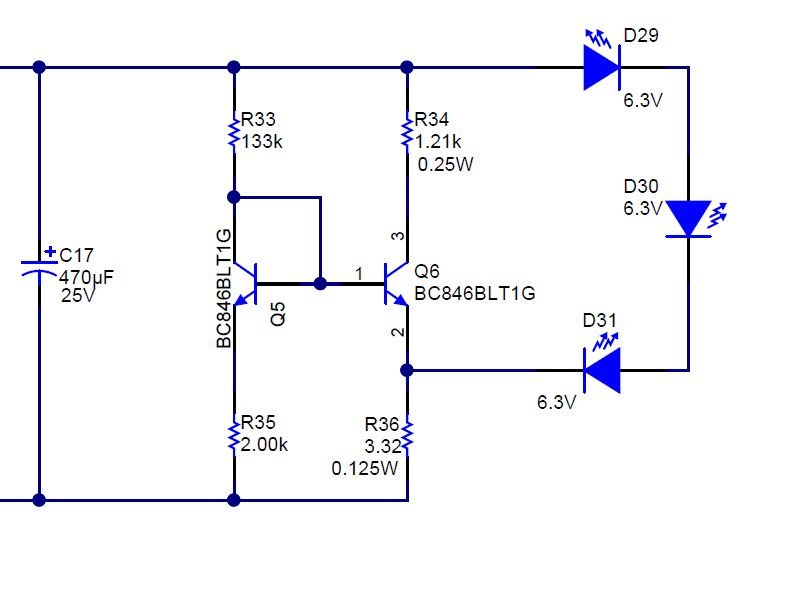Hi, I am working on a PWM based dimming method (by varying the Vref using PWM in the secondary side) for LED lights using TPS92210, I would like to add a controller setup which consumes about 5V/150mA in the Primary side of the TPS92210, because if I implement it on secondary side and Light is dimmed to 0% light level there won't be any power transfer through transformers so my controller setup cannot wake up, so I would like to implement on Primary side, I am facing few challenges to implement it, I did a small circuit and added in the schematic (inside orange lines).
Add on circuit description:
During normal operation (other than 0% light level) the Controller part takes power from the Bias winding (Pin = 10W@40% dimming level), when it is completely dimmed that is no power transfer to bias winding the controller takes power from Source of the High Voltage Mosfet (V=13VDC) at that time Pin = 17W,
Expected Pin = 2 to 4 W at 0% light level, please go through and help me to fix this problem
Note:
It is observed that Pin at 0% light level (dimmed position) varies directly proportional to Vin
Pin = 17W @ Vin = 230VAC
Pin = 8W @ Vin = 100VAC
Vin = 230VAC; Frequency = 50Hz, Switching freq 85KHz, Vout = 27VDC, Iout = 0.95A @ 100% light level


